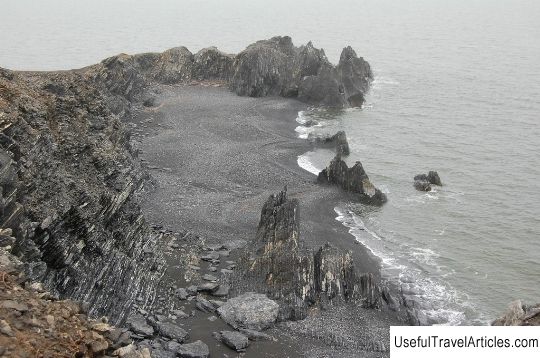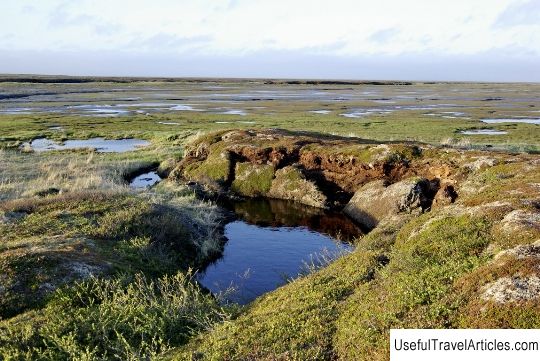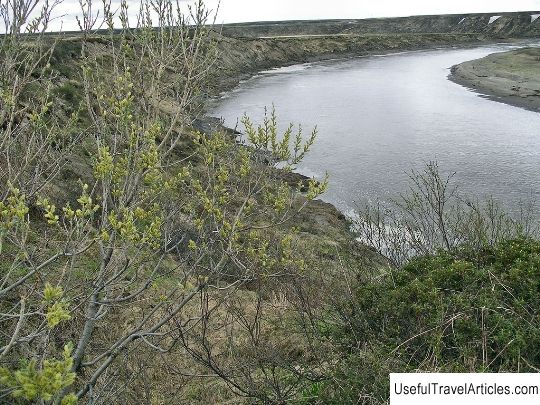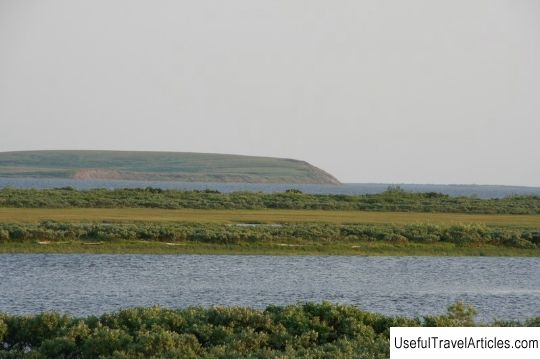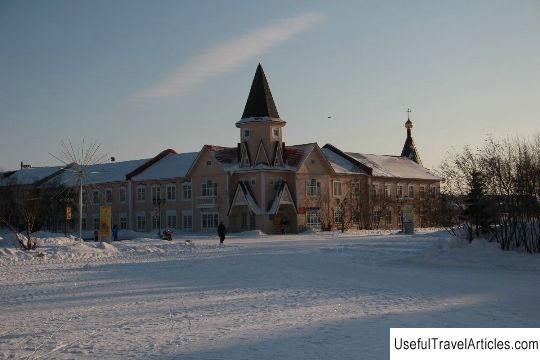Nenets State Nature Reserve description and photos - Russia - North-West: Nenets Autonomous Okrug
Rating: 8,2/10 (6895 votes) 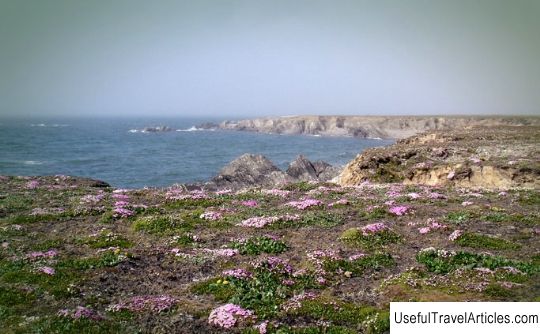
Nenets State Nature Reserve description and photos - Russia - Northwest: Nenets Autonomous Okrug. Detailed information about the attraction. Description, photos and a map showing the nearest significant objects. Photo and descriptionThe Nenets Nature Reserve is a state nature reserve located in the Nenets Autonomous Okrug. The creation of the reserve took place in the winter of December 18, 1997 in accordance with the decree of the Government of the Russian Federation. The Nenets Nature Reserve was created in order to reduce the anthropogenic impact on the part of geological research organizations, as well as industrial human activities, as a result of which, over a long period of time, there is a process of severe pollution and littering of territories with industrial and household waste ... Environmental pollution adversely affects the state of the entire district. In a way, the created reserve serves as a barrier protective shield for territories located in the delta of the Pechora River, namely the Russky Zavorot peninsula, the Korovinskaya Bay, which have become the most valuable areas in terms of flora and fauna. It should be noted that the Pechora delta is a vast wetland of international importance. The zone of the reserve spreads across the Zakharya coast of the Pechora, the lower regions of the Pechora delta and runs along the perimeter of the coast of the so-called Bolvanskaya Bay, or rather its southern part. The territory of the reserve also includes a small part of the delta of the Vostochnaya Neruta river, the area of the islands of Gulyaevskaya Koshka, Golets, Matveev, Dolgiy, Maly and Bolshoy Zelentsy and some part of the water area of Srednyaya, Kuznetskaya, Korovinskaya and Bolvanskaya bays. Also, the Nenets nature reserve includes a 2-kilometer water area, stretching around the designated islands and a 10-kilometer water area running along the Zakhrebetnaya Guba or the Zakharyinsky coast. The total area of the nature reserve is almost 313,500 hectares, of which 182,000 hectares is the territory of the marine area. The protected zone covers almost 270,000 hectares, including 243,000 hectares of sea water. The territory of the nature reserve is a concentration of the rarest plant communities in nature, which were formed by the species of vegetation growing in the Arctic. The migratory East Atlantic route of birds, which nest in the West Siberian and East European tundra and countries of Western Europe, stretches across this territory. That is why there are the most favorable conditions for natural natural reproduction, feeding and fattening of characteristic fish species, as well as the migration of semi-anadromous and anadromous species to their spawning areas. One of the most important and characteristic tasks today within the framework the existence of the Nenets State Nature Reserve is a detailed study and preservation of natural communities in the northeastern part of the Malozemelnaya tundra, the water area of the Barents Sea and the islands belonging to it. The islands Matveev, Bolshoy Zelenets, Dolgiy, which are included in the territorial zone of the reserve, are related to the most important ornithological zones of international importance as nesting and habitat for waterfowl. On the territory of the reserve, possible violations of ecosystems are studied in detail, typical for the territories of the coastal zone of the Barents Sea islands and the East European tundra. As mentioned, the islands of the Barents Sea are brood stations for birds, which include the rarest and completely endangered birds, for example, the barnacle goose, small swan, white-fronted goose and white-billed loon. In the southern part of Dolgiy Island, there is a coastal haul-out of an especially rare representative of the local fauna - the Atlantic walrus, which is listed in the Red Book of the Russian Federation. A polar bear can be seen on the islands of the Barents Sea every year. Representatives of cetaceans - narwhal, northern fingval; you can also see a high-browed bottlenose, although very rarely. In the aisles of the reserve, you can meet a rare representative of marine animals - the tevjak seal.         We also recommend reading Church of All Saints description and photo - Ukraine: Nikolaev Topic: Nenets State Nature Reserve description and photos - Russia - North-West: Nenets Autonomous Okrug. |
